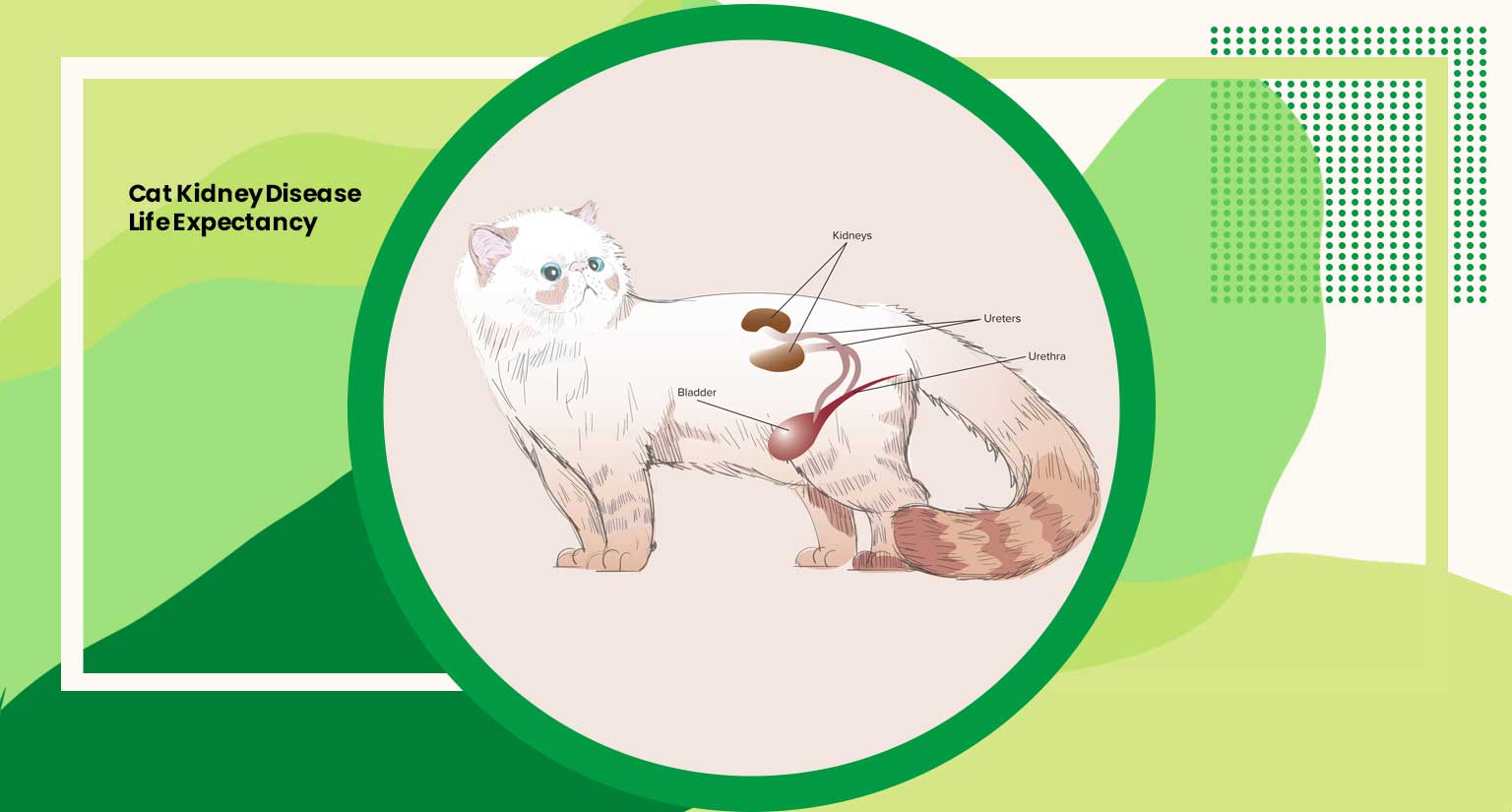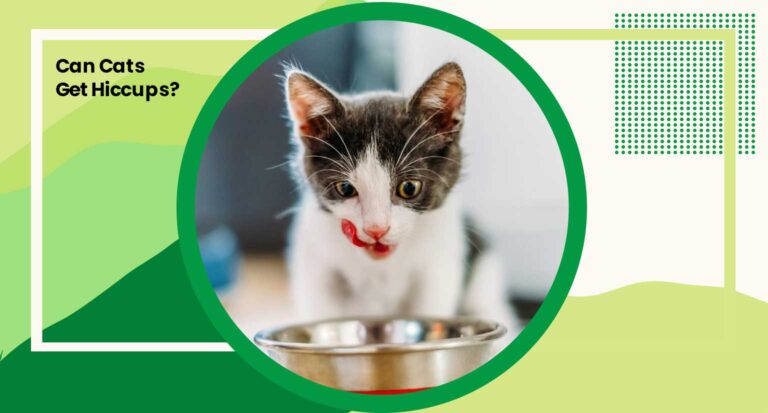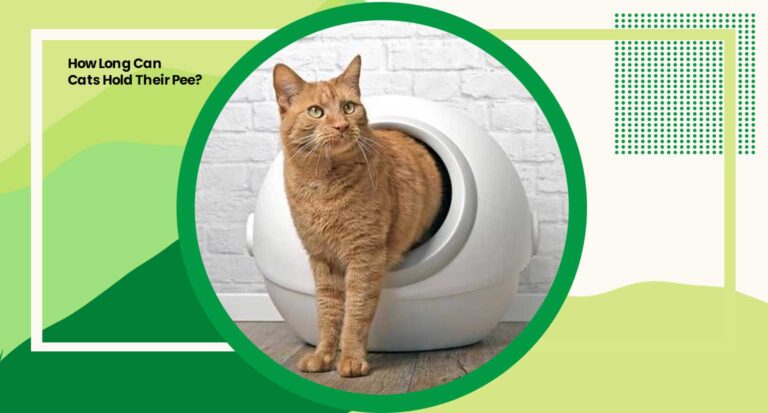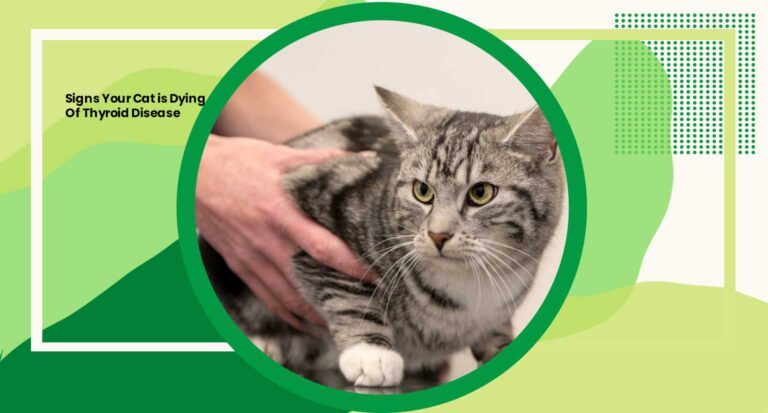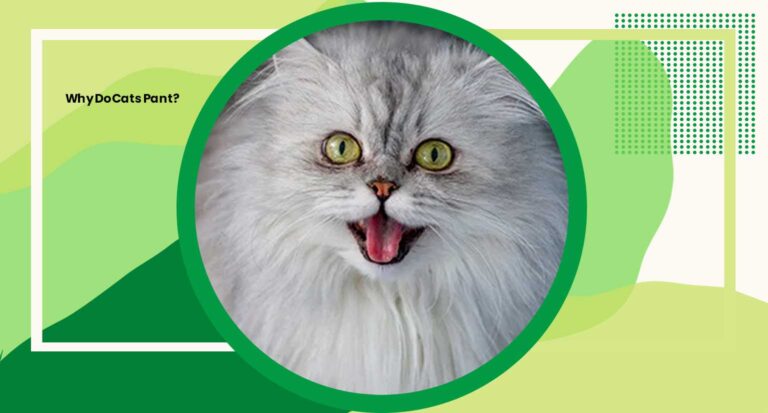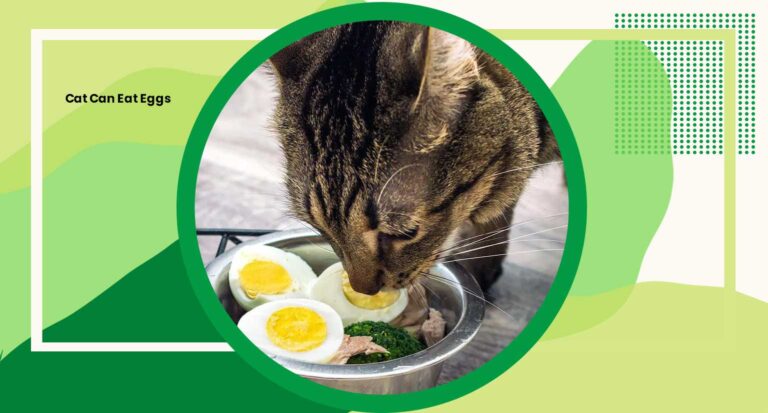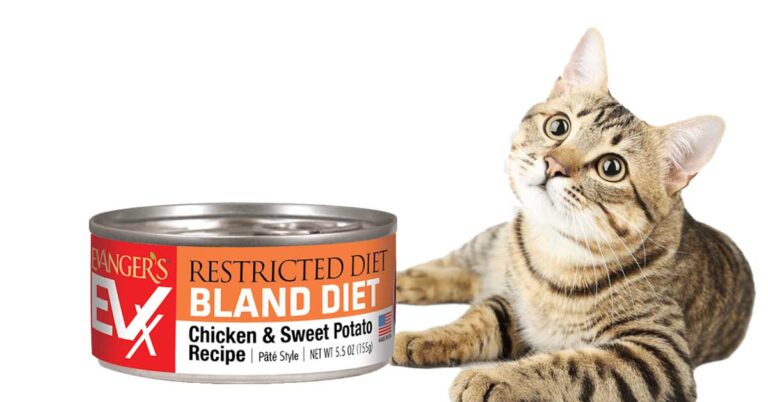Cat Kidney Disease Life Expectancy
Welcome to a comprehensive guide on cat kidney disease life expectancy. For cat owners, knowing the potential lifespan and factors influencing it is crucial in providing the best care for their feline companions.
In this article, we delve into the intricacies of cat kidney disease and shed light on what you can do to enhance and extend your cat’s life.
Impacting Cat Kidney Disease Life Expectancy
Understanding the various factors that influence cat kidney disease life expectancy is vital for cat owners. Several elements play a pivotal role in determining how long a cat might live after being diagnosed with kidney disease.
Let’s explore these factors in detail:
Influence the life expectancy of a cat diagnosed with kidney disease is crucial for informed care.
Several significant factors come into play, determining the potential lifespan of a cat dealing with this condition:
Disease Stage at Diagnosis
The stage at which kidney disease is identified significantly affects a cat’s life expectancy. Early detection often allows for more effective management and can potentially prolong the cat’s life.
Treatment and Management
The type of treatment and ongoing management strategies implemented by the veterinarian can greatly impact how well the disease is controlled and the cat’s overall health and longevity.
Cat’s Age and Health
The age and general health of the cat at the time of diagnosis also influence the prognosis. Younger cats or those without additional health complications might respond better to treatment.
Diet and Nutrition
A tailored diet and proper nutrition are crucial in managing kidney disease. The right dietary approach can slow down the progression of the disease and improve the cat’s quality of life.
Compliance with Medication
Consistency in administering prescribed medications and following the veterinarian’s recommendations is essential for managing symptoms and potentially extending the cat’s lifespan.
Lifespan of Cats with Kidney Disease
One of the most common questions among cat owners facing kidney disease is about their pet’s expected lifespan.
While it varies depending on several factors, including the severity of the condition and the cat’s response to treatment, there are general insights into the potential lifespan of cats dealing with kidney disease.
Stage and Severity of Kidney Disease
The stage and severity of the kidney disease significantly influence a cat’s expected lifespan. Early detection and management may lead to a longer life, while advanced stages might shorten it.
Response to Treatment
How well a cat responds to treatment and management strategies plays a crucial role in determining its lifespan after a kidney disease diagnosis. A positive response could extend the cat’s life.
Overall Health and Age of the Cat
The cat’s age and its overall health at the time of diagnosis also impact its expected lifespan. Younger cats and those without additional health issues might have a better prognosis.
Quality of Care and Nutrition
Providing consistent, quality care, including a tailored diet and proper nutrition, can help manage symptoms and potentially extend a cat’s life expectancy despite kidney disease.
Regular Veterinary Monitoring
Regular check-ups and monitoring by a veterinarian can aid in early intervention, adjusting treatment, and maintaining the cat’s health, potentially influencing its lifespan positively.
Possibility of Cat Recovery from Kidney Failure
Understanding the potential for a cat’s recovery from kidney failure is crucial for cat owners seeking hope and possibilities for their beloved pets.
While complete reversal of kidney failure might be rare, there are scenarios where cats can experience significant improvement:
Stabilization and Management
Complete reversal of kidney failure in cats is rare, but stabilization and effective management can notably improve a cat’s condition.
Through diligent care and adherence to treatment plans, some cats experience a significant enhancement in their quality of life despite the underlying condition.
Early Intervention and Treatment
Swift action upon detecting signs of kidney failure can sometimes halt or slow its progression. Early diagnosis allows for timely intervention, potentially preventing further damage to the kidneys and improving the cat’s overall health. While complete recovery might not be achievable, early treatment can lead to a better prognosis.
Supportive Care and Lifestyle Changes
Implementing a comprehensive care plan tailored to the cat’s needs is vital. This includes a specialized diet low in protein and phosphorus, hydration management through increased water intake or subcutaneous fluids, and medications to control symptoms like high blood pressure or anemia.
These supportive measures can significantly improve the cat’s comfort and well-being.
Cat Response
The response to treatment varies among individual cats. Some may exhibit a more positive response to interventions, showing improved energy levels, appetite, and overall demeanor.
Cats that respond well to treatment may experience an extended lifespan and a better quality of life despite kidney failure.
Veterinary Guidance and Monitoring
Close collaboration with a veterinarian specializing in feline kidney diseases is essential. Regular check-ups and monitoring allow for adjustments in the treatment plan based on the cat’s response.
These ongoing assessments are crucial in optimizing care, managing symptoms, and maximizing the cat’s well-being.
While complete recovery from kidney failure in cats may be uncommon, a dedicated and tailored approach to care can significantly improve their condition and extend their quality time with their loving owners.
Causes of Chronic Kidney Disease in Cats
Chronic kidney disease (CKD) is a prevalent condition among cats, and understanding its root causes is essential for pet owners. Several factors contribute to the development and progression of CKD in felines:
Aging
As cats age, their kidneys naturally undergo wear and tear, reducing their efficiency. Chronic kidney disease is more common in older cats as a result of the gradual decline in kidney function over time.
Genetic Predisposition
Some cat breeds have a genetic predisposition to kidney disease. Breeds like Persians, Siamese, and Abyssinians are known to be more susceptible. While genetics play a role, environmental factors can exacerbate this predisposition.
Infections and Kidney Damage
Prior infections, such as bacterial or viral infections affecting the urinary tract or kidneys, can cause scarring or damage, contributing to the development of chronic kidney disease. Conditions like polycystic kidney disease (PKD) can also lead to cyst formation and impaired kidney function.
Toxins and Medications
Exposure to certain toxins like antifreeze, lilies, or some household chemicals, as well as prolonged use of certain medications (such as non-steroidal anti-inflammatory drugs or certain antibiotics), can damage the kidneys and contribute to the onset of CKD.
Health Conditions
Chronic diseases like hypertension, diabetes, hyperthyroidism, and even dental disease can indirectly affect kidney function, increasing the risk of developing chronic kidney disease in cats.
Poor Diet and Nutrition
Diets lacking in essential nutrients or those high in certain minerals, like phosphorus, can put strain on the kidneys over time.
Inadequate water intake or diets low in quality protein can also impact kidney health, leading to long-term damage.
Understanding these multifaceted causes can empower cat owners to take proactive steps in preventing or managing chronic kidney disease in their pets through appropriate diet, regular veterinary care, and a conducive living environment.
Determining the Degree of Kidney Disease in Cats
When assessing the degree of kidney disease in cats, veterinarians employ various diagnostic methods to gauge the extent and severity of the condition. Several key steps are involved in this evaluation:
Blood Tests
Blood tests, including serum chemistry panels and evaluation of kidney-specific parameters like blood urea nitrogen (BUN) and creatinine levels, provide crucial information about kidney function. Elevated levels of these markers indicate reduced kidney function.
Urinalysis
Analysis of a cat’s urine helps assess kidney health. Urinalysis can detect the presence of protein, blood, or abnormalities in urine concentration, offering insights into kidney function and potential issues.
Imaging Techniques
Imaging methods like ultrasounds or X-rays enable veterinarians to visualize the kidneys and identify structural abnormalities, kidney size changes, or the presence of kidney stones that may indicate kidney disease.
Blood Pressure Measurement
High blood pressure (hypertension) is common in cats with kidney disease. Measuring blood pressure helps veterinarians assess the cat’s cardiovascular health and its relationship to kidney function.
Additional Tests
In some cases, additional tests like urine protein creatinine ratio (UPC), thyroid function tests, or specific tests for infections or underlying diseases may be recommended to further evaluate the extent and underlying causes of kidney disease.
By combining the results from these diagnostic procedures, veterinarians can accurately assess the degree and progression of kidney disease in cats, enabling them to tailor treatment plans for optimal care.
Optimal Treatment for Cats with Kidney Disease
Managing kidney disease in cats involves a multifaceted approach aimed at slowing its progression, managing symptoms, and maintaining the cat’s overall health and comfort. Some effective treatments and strategies include:
Prescription Diet
A tailored diet low in phosphorus and high-quality protein is essential. Specialized kidney diets help ease the kidneys’ workload, manage symptoms, and maintain the cat’s nutritional balance.
Medications
Veterinarians may prescribe medications to address specific symptoms or complications associated with kidney disease, such as controlling blood pressure, managing anemia, or alleviating nausea and discomfort.
Fluid Therapy
Ensuring adequate hydration is crucial. Subcutaneous fluids administered at home or intravenous fluids at the vet’s office help maintain hydration levels and support kidney function.
Monitoring and Regular Vet Visits
Frequent check-ups and monitoring of the cat’s condition by a veterinarian are vital. This allows for adjustments in treatment plans and early detection of any complications or changes in kidney function.
Lifestyle Modifications
Creating a stress-free environment, providing easy access to fresh water, and maintaining a consistent routine are essential to reduce stress on the cat and support its overall well-being.
Supportive Care and Love
Providing a loving and supportive environment is invaluable. Regular affection, comfort, and attention contribute positively to the cat’s mental and emotional well-being.

